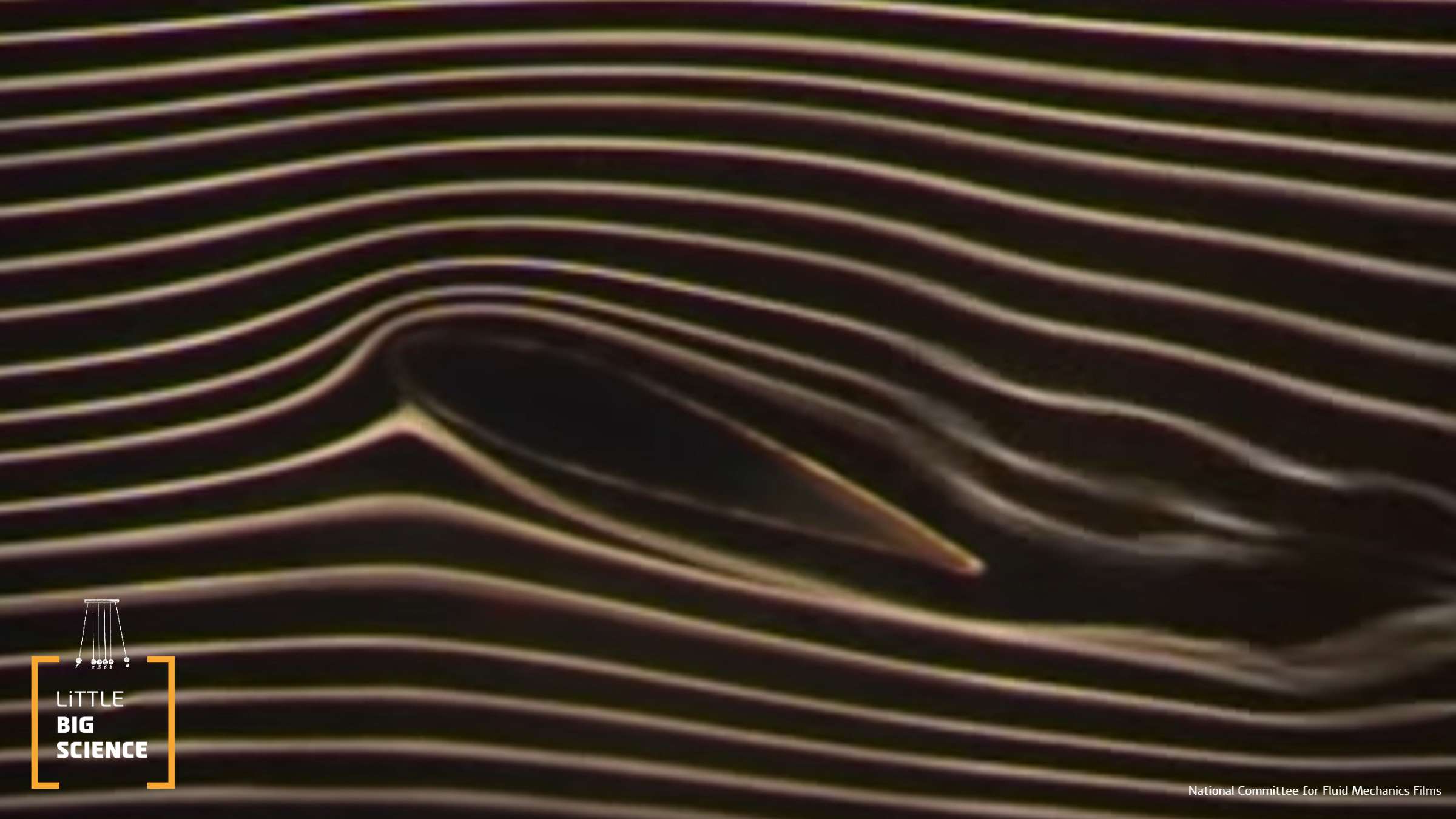
Numerous theories address the lift produced by airplane wings, yet most of them are wrong. Nevertheless, these theories are still described in encyclopedias, textbooks, and on the internet, and they are even commonly repeated by most aeronautics students. Therefore, in this post I will briefly explain why an aircraft wing generates lift and point out the errors in the popular theories.
Advertisement
When I was a kid, I was astonished that a big car with wings could take off and cruise through the air. “How does an airplane manage to take off?” I asked, like any curious child, and the adults replied, “The wings produce lift.” Yet when I wanted to know exactly how that lift emerges, few of them could provide an answer. Some offered the reply most of you surely know: “The upper surface of the wing is longer than the lower surface, so the air above the wing has to travel faster than the air below it in order to reach the trailing edge at the same time. This speed difference changes the pressure and produces lift.” Today, 20–25 years later, I know that explanation is wrong, and I will now present the correct one.
First, let’s imagine a frame of reference in which the wing is stationary while the airplane is flying. If we place a camera at the wingtip and watch, we will see the wing standing still and the air flowing around it at the speed of the airplane (in physics this is called a “frame of reference”). In reality, of course, the wing moves and the air is at rest. Because there is no physical difference between these two frames of reference, we will discuss only the one in which the wing is stationary and the air flows around it.
The airplane wing is engineered to deflect the airflow downward during flight. The air surrounding the wing “follows” the curvature of the wing and is pushed downward. According to Newton’s third law of motion, the total force exerted to deflect the air equals the force acting on the object that deflects it. Hence the wing itself is pushed upward, generating lift [1]. This explanation might seem a bit simplistic. After all, it is easy to claim that the air is deflected and thus creates lift. But why is the air deflected at all, instead of continuing to travel straight ahead? Airflow creates a low-pressure region perpendicular to the direction of motion (in two dimensions, “up and down”)—this is Bernoulli’s principle. Because of this lower pressure, a sort of vacuum is formed, and the moving air “sucks in” its surroundings: air at rest or any rigid surface. Remember that an airplane wing is rigid, and therefore the air velocity at the wing surface, deep inside the boundary layer, is zero (we explained this in the post about boundary layers [2]). In other words, the air flowing above the wing cannot “suck” air out of the wing surface. By mass conservation, the airflow will be deflected toward the wing, adhere to it, and “try” to follow the curvature of the wing downward.
Alternatively, one can describe lift through the pressure difference on the wing surfaces; the upper and lower surfaces differ in curvature and in the relative orientation of that curvature. Because of these differences, the intensity of the “suction” above the wing differs from the “suction” or even “push” beneath it. The pressure on the upper surface is lower than the pressure on the lower surface, and the lift equals this pressure difference multiplied by the wing area.
Now that we have described the correct explanation of lift, we can review the familiar theories and explain why they are wrong.
- The “longer path” theory: This is the theory mentioned at the beginning of the post and is indeed the one closest to the correct explanation. It assumes that the upper surface of the wing is longer than the lower surface and that the air flowing above the wing must reach the trailing edge simultaneously with the air below the wing. For this to happen, the upper airflow must move faster than the lower airflow. According to Bernoulli’s principle, the pressure on the upper surface is lower than on the lower surface, producing lift. In practice, this explanation is wrong. Although the airflow above the wing is indeed faster, no physical law requires the air parcels to meet simultaneously at the trailing edge. The theory also fails to explain how wings whose upper and lower surfaces are equal in length—such as symmetric wings or paper-airplane wings—generate lift [3].
- The “Venturi” theory: According to this theory, the upper surface of the wing creates a disturbance that accelerates the airflow above it, lowering the pressure as the Bernoulli principle dictates. The problem is that this theory ignores the disturbance created by the lower surface and cannot explain why thin wings, such as those of a paper airplane, produce lift [4].
- The “push force” theory: This theory claims that the air pushes against the lower surface of the wing, creating an upward force, like a strong wind pushing you during a storm. The theory is incorrect because even wings whose lower surface is parallel to the airflow can often generate lift. Moreover, a simple calculation shows that the total push force generated is far smaller than the actual lift; therefore, lift cannot arise in this manner [5].
In summary, airplane wings generate lift because airflow adheres to the wing shape and is deflected downward. We explained this in two ways: through Newton’s third law of motion and through the pressure difference around the wing. We also clarified why other theories of lift are wrong. And if you wondered while reading why I repeatedly emphasized that we are talking about airplane wings, it is because the lift mechanism of insects is completely different. But we will save that for another post.
Hebrew editing: Adva Schwartz
English editing: Elee Shimshoni
References:
[1] Explanation of Newton’s third law and Bernoulli’s principle, NASA website
[2] Post on boundary layers, “Little, Big Science”
[3] Why the “longer path” theory is wrong, NASA website
[4] Why the “Venturi” theory is wrong, NASA website







